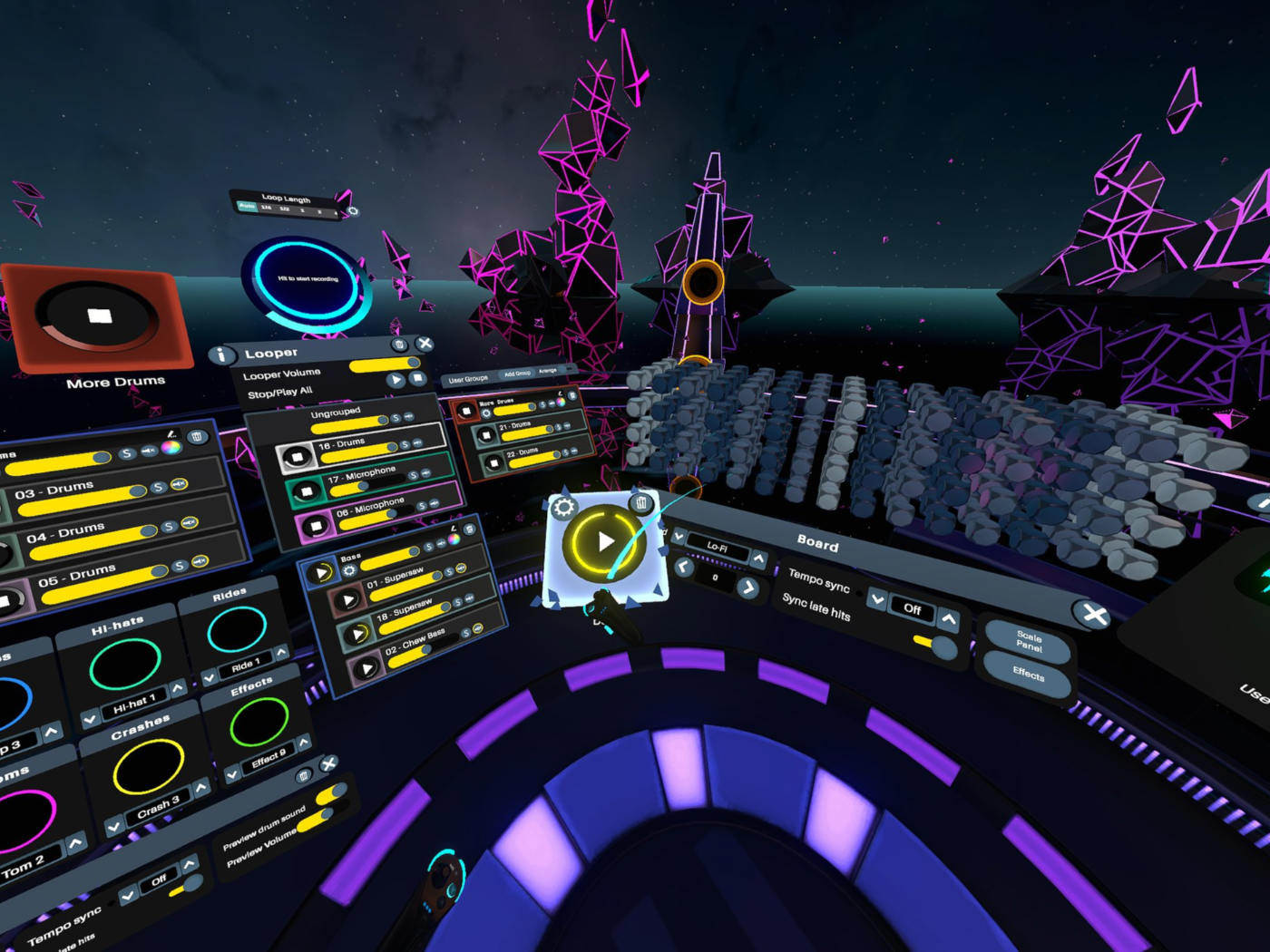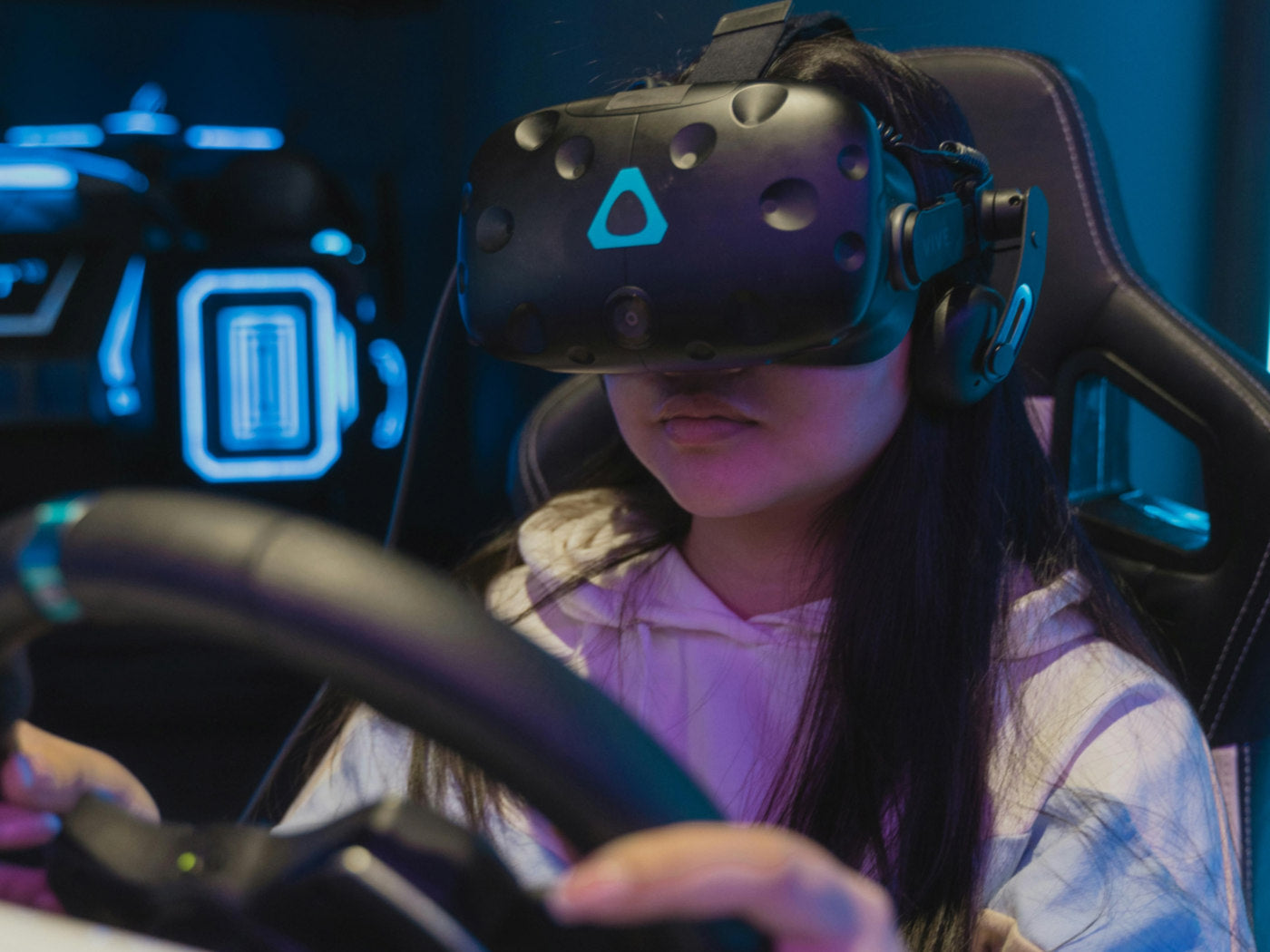What Is Pupillary Distance (PD/IPD)?
The distance between your pupils centered is measured by the Pupillary Distance (PD). This measurement must be as accurate as possible because it determines where you are looking through the lens of your glasses or VR insert. The PD of an average adult is 54mm to 74mm whereas children’s PD falls between 43mm to 58mm.
Why PD Matters For VR
PD is essential in VR for two main reasons.
Firstly, aligning the lenses' optimal focal point directly with your pupils ensures the sharpest possible image. If the alignment is off, the image quality degrades, leading to a less immersive experience.
Secondly, PD is critical for accurate stereoscopic vision. Our depth perception relies on the slight differences in the images each eye perceives. VR headsets create this 3D effect by generating two slightly different images. If the headset uses an incorrect PD, your depth perception will be inaccurate, which can cause eye strain as your eyes try to adjust.
RELATED: Why Do You Need Prescription Lens Inserts For VR Headsets
How To Adjust The PD Of Quest 2
Once you know your PD, you can adjust the Meta Quest 2 lenses accordingly. Unlike its predecessor, the Quest 2 allows users to modify the lenses' position to accommodate different eye distances. The Quest 2 offers three settings: 58mm, 63mm, and 68mm.
To adjust the lenses:
- Look at your headset and find the gap in the plastic enclosure on either side of the lenses.
- Place the headset with the lenses facing up.
- Push the outside of the lenses (not the glass) with your thumb. Move them gently but firmly to your desired position.
Single PD vs. Dual PD
A single PD is the distance between the centers of two pupils, which can be either a distance or a near PD. Any prescription glasses, excluding reading glasses, can be ordered using distance PD. To calculate near PD for reading glasses, follow the steps below.

On the other hand, dual PD, also known as monocular PD, is the distance between the centers of each pupil and the bridge of the nose. 32/30 is the standard notation for dual PD. The right eye (OD) measurement is always the first number, while the left eye (OS) measurement is always the second number.

How Do You Calculate Near PD For Reading Glasses?
Subtract 3mm from your distance PD to get Near PD for reading glasses. For instance, if your distance PD turned out to be 63mm, your near PD would then be 60mm.Ways To Measure PD Accurately
1. Visit An Optician
The most accurate way to measure your PD is to have an optician do it for you.
2. Measure With A Friend
- Have your friend crouch or sit while you stand to keep them out of your line of sight.
- Keep both eyes open.
- Try to keep your eyes as still as possible.
- Place a millimeter ruler’s zero mark over the center of one pupil.
- Look 10ft to 20ft above them.
- Avoid looking directly at the person measuring.
- Measure the distance to the center of the other pupil.
- Measure 2-3 times to ensure accuracy.
3. Measure By Yourself
- Use a ruler and a mirror.
- Position the zero mark precisely beneath your left pupil.
- Look straight ahead and measure the distance to your right pupil.
Why Knowing Your PD Is Important For VR
PD is important in VR for two key reasons.
The first reason why PD is important is that the lens's optimal focal point should be aligned directly with your pupils. This guarantees that the image for that headset is as sharp as possible. The second reason is related to stereoscopic vision.
There are two ways in which we perceive depth. Monocular cues are a scene's elements that use only one eye to inform your brain about size and distance. Forced perspective is a method used in movies like The Lord of the Rings to take the use of monocular cues and deceive us into thinking something is bigger or smaller than it is.
RELATED: Should I Buy The Oculus Quest 2 Prescription Lenses With Blue Light Filter
Stereoscopic cues need both eyes and depend on the minor difference in the image perceived by each eye. To simulate the effect of depth perception, 3D media, whether in a cinema or in virtual reality (VR), generates two slightly different images.
Your brain is designed to conduct the 3D calculation for your own PD because everyone's PD is different. Your depth perception will be inaccurate if the VR headset uses the incorrect PD when computing what to display to each eye. As your eyes strive to adjust to this strange situation, you may experience eye strain.
RELATED: Do You Get More Light Glare With VR Prescription Lenses?
Another reason to know your PD is that it can be outside the PD range for some headsets. In that way, you don't have to waste money on VR headsets that won't work for you. The PD range for the Oculus Quest 2 is 58mm to 68mm. These are divided into three lens positions that can be switched quickly. If you are outside of this range, a fully clear image may not be attainable.
This is why, in VR, measuring your PD is vital, but we must first undertake the effort of measuring it.
RELATED: Practical Tips for Reducing Eye Strain While Using VR
Your PD should most likely be in the setting where the text appears to be the sharpest and the clearest. The current setting should be provided in headsets with physical PD. Therefore, if you find a setting that suits you, you can use this number for other headsets as well.
Listen to Your Body
Even if you achieve an accurate PD measurement and adjust your headset properly, it may not be the ideal setting for you. You can still have problems with clarity or eye strain. Use the PD option that works best for you. The real measurement is a good place to start, but don't be afraid to fine-tune things to your liking.
RELATED: How to adjust the PD (Pupillary Distance) of Pico 4 VR headset?
Conclusion
Understanding and correctly setting your Pupillary Distance (PD) is crucial for an optimal VR experience. It ensures sharp image quality and accurate depth perception, reducing eye strain and enhancing immersion. The Meta Quest 2 makes it easy to adjust the PD with three settings: 58mm, 63mm, and 68mm. By following the steps to measure and adjust your PD, you can enjoy a more comfortable and immersive VR experience.





